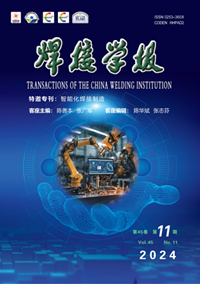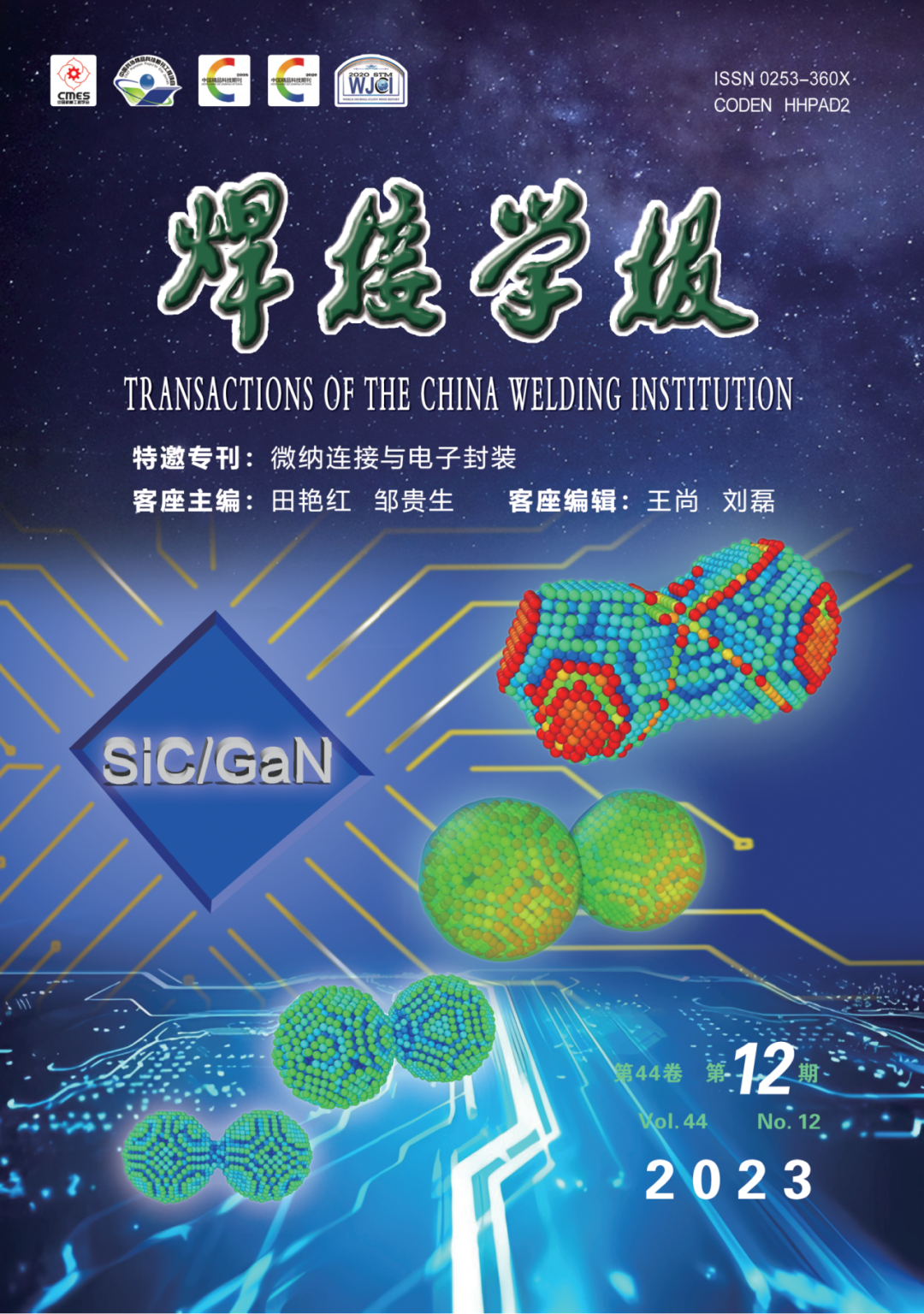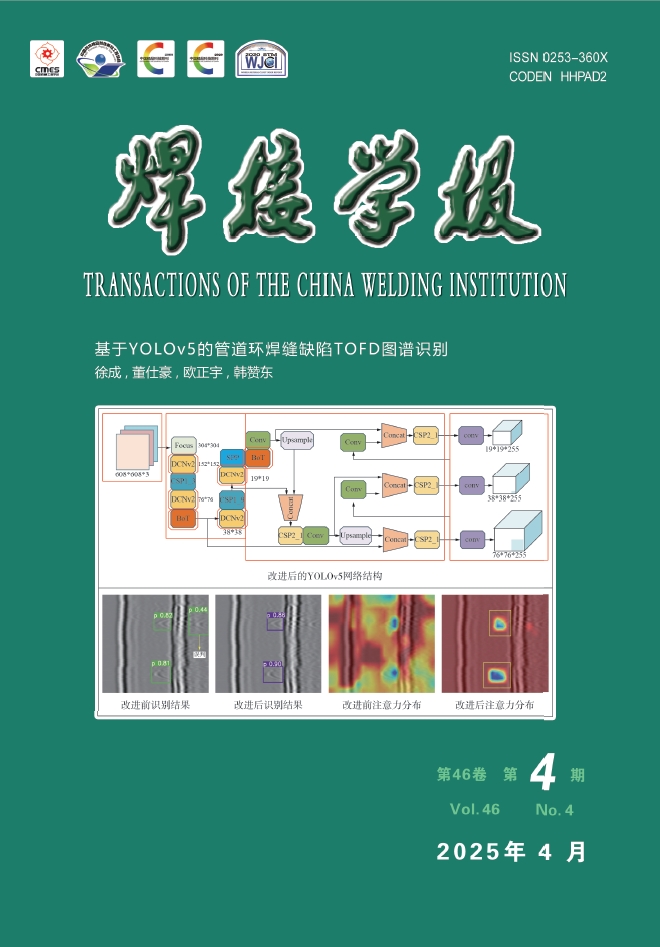Most Downloaded
- User statistics ranking in the last month (excluding this month)
- User statistics ranking within half a year (excluding this month)
- User statistics ranking within one year (excluding this month)
- User statistics ranking within two years (excluding this month)
- User statistics ranking within three years (excluding this month)
1
Abstract:
For the development of a digitalized 20 kW/50 kHz pulsed MIG/MAG arc-welding inverter, the Peak current mode PSFB-ZVS PWM converter topology is used to improve the accuracy and dynamic response of the control system. Thesmall-Signal model for power stage of PSFB-ZVS PWM in CCM is derived using the averaged switch modeling approach.A complete small-signal model of the peak current mode PSFB-ZVS PWM arc-welding inverter is derived based on the derivation of the small-signal model for peak current mode control stage. The design principle of slope compensation is derived. A PI frequency compensator is designed. The analytical result of small-signal model is accord with the frequency response through the frequency domain simulation using Simplis software.
For the development of a digitalized 20 kW/50 kHz pulsed MIG/MAG arc-welding inverter, the Peak current mode PSFB-ZVS PWM converter topology is used to improve the accuracy and dynamic response of the control system. Thesmall-Signal model for power stage of PSFB-ZVS PWM in CCM is derived using the averaged switch modeling approach.A complete small-signal model of the peak current mode PSFB-ZVS PWM arc-welding inverter is derived based on the derivation of the small-signal model for peak current mode control stage. The design principle of slope compensation is derived. A PI frequency compensator is designed. The analytical result of small-signal model is accord with the frequency response through the frequency domain simulation using Simplis software.
3
2017, 38(8): 5-9.
DOI: 10.12073/j.hjxb.20150908002
Abstract:
A 3-D thermal-mechanical coupled finite element model of ultrasonic metal welding of dissimilar alloys is developed. The friction heat flux and the deformation heat flux are related to different level of coupon’s vibration amplitude. The effects of ultrasonic softening on temperature distribution, stress distribution and tool indentation depths are included in the analysis of the welding process. The results show that the bulk temperature is lower than the melting temperature of the metals, the maximum temperature occurred at the center of the contact interface between the sonotrode tip and the upper copper specimen and the peak level of the welding interface temperature occurred at the center area. It is also shown that the sonotrode tip completely sinks into copper in welding, while the anvil tip’s indentation depths do not reach its maximum. The proposed model is validated and verified by comparing with welding crosssection and a point temperature using experimental physical test. The presented model is capable of predicting and explaining the relationship between ultrasound soften, mechanical field and thermal field during welding process.
A 3-D thermal-mechanical coupled finite element model of ultrasonic metal welding of dissimilar alloys is developed. The friction heat flux and the deformation heat flux are related to different level of coupon’s vibration amplitude. The effects of ultrasonic softening on temperature distribution, stress distribution and tool indentation depths are included in the analysis of the welding process. The results show that the bulk temperature is lower than the melting temperature of the metals, the maximum temperature occurred at the center of the contact interface between the sonotrode tip and the upper copper specimen and the peak level of the welding interface temperature occurred at the center area. It is also shown that the sonotrode tip completely sinks into copper in welding, while the anvil tip’s indentation depths do not reach its maximum. The proposed model is validated and verified by comparing with welding crosssection and a point temperature using experimental physical test. The presented model is capable of predicting and explaining the relationship between ultrasound soften, mechanical field and thermal field during welding process.
4
Abstract:
Butt welding-brazing joint between 5A06 aluminum alloy and ST04Z steel sheets was obtained by low power arc-assisted laser welding with preplaced filler powder. The influence of pre-welding gap, filling brazing flux, laser heat input, assistant arc current, heat source center distance and adding welding wire on spreading characteristics of the filler metal was studied by using SEM, Photoshop. The results show that the pre-welding gap less than 0.5 mm and the filling brazing flux on the welds' back were favorable. When the workpiece was not burn through, the weld spreading width was increased with the increase of the laser heat input and assistant arc current. With the increase of the distance to the heat source center, the weld spreading width first increaseed then decreased. Adding wire welding in the molten pool offers better spreadability, continuous and sound weld appearance can be obtained than the condition without wire addition.
Butt welding-brazing joint between 5A06 aluminum alloy and ST04Z steel sheets was obtained by low power arc-assisted laser welding with preplaced filler powder. The influence of pre-welding gap, filling brazing flux, laser heat input, assistant arc current, heat source center distance and adding welding wire on spreading characteristics of the filler metal was studied by using SEM, Photoshop. The results show that the pre-welding gap less than 0.5 mm and the filling brazing flux on the welds' back were favorable. When the workpiece was not burn through, the weld spreading width was increased with the increase of the laser heat input and assistant arc current. With the increase of the distance to the heat source center, the weld spreading width first increaseed then decreased. Adding wire welding in the molten pool offers better spreadability, continuous and sound weld appearance can be obtained than the condition without wire addition.
5
Abstract:
A method that alternating sine current superposes on direct current was adopted for study on alternating current impedance of the small current TIG arc.It was found that with the frequency getting high,the modulus of arc impedance increased and then decreased,and the phase angle decreased continuously.The maximum of the modulus just coincided with the zero point of phase angle,and obviously,arc impedance had a resonance.By analyzing the voltage and current data in many different frequencies,the electronic model and transfer function of TIG arc alternative component were deduced.The parameters of transfer function were fit by using mathematics software,and the resonance frequency was calculated.
A method that alternating sine current superposes on direct current was adopted for study on alternating current impedance of the small current TIG arc.It was found that with the frequency getting high,the modulus of arc impedance increased and then decreased,and the phase angle decreased continuously.The maximum of the modulus just coincided with the zero point of phase angle,and obviously,arc impedance had a resonance.By analyzing the voltage and current data in many different frequencies,the electronic model and transfer function of TIG arc alternative component were deduced.The parameters of transfer function were fit by using mathematics software,and the resonance frequency was calculated.
- First
- Prev
- 1
- 2
- 3
- 4
- 5
- Next
- Last
- Total 20 Pages
- To
- Go







